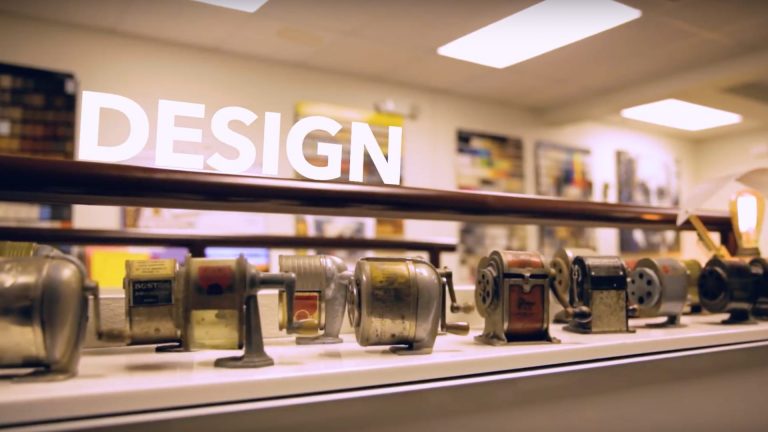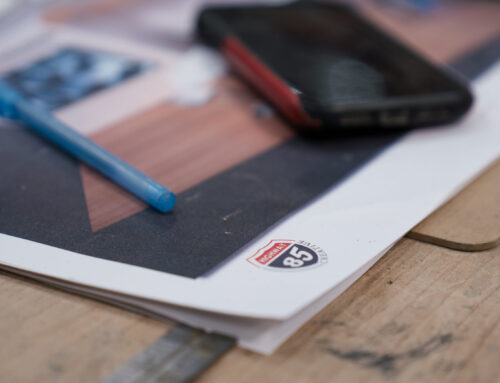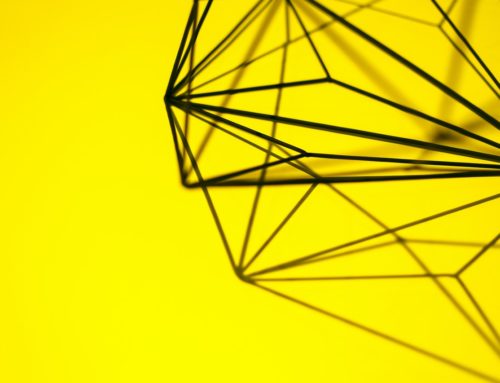A picture is worth a thousand words. It’s a saying you’ve heard your whole life, but have you ever really thought about what it means?
Images tell stories. At Highway 85, the designs we create help you tell the story of your brand. As shown in this video, we work closely with each client to understand each of their unique stories and then create personalized visual representations. This is how you make an emotional connection with your audience, and that emotional connection is how you build a relationship, whether it’s making the sale or attracting a loyal base. Every facet of design – colors, shapes, images, typography – works together to create the image that helps tell your brand’s story. This is true whether it’s a trade show exhibit, a retail environment, or a corporate space.
Invoking Emotion
At its most basic level, all marketing attempts to invoke an emotion from the audience. According to psychologists, there are four basic emotions, each with its own counterpart:
- Joy and sadness
- Fear and anger
- Surprise and anticipation
- Trust and disgust
Design helps invoke one of these emotions and emotion is at the root of every choice a person makes.
Joy and Sadness
Joy is probably our most powerful emotion, and it generates the most powerful response. The most shared stories on social media are those that make people happy (though during an election year, it can seem to be the opposite). Adorable puppies. Father-daughter wedding dances. Each of those videos has over 10 million views, without a single famous face. Joy is even “contagious.” People viewing images of smiling faces smile in return. Joyful design inspires a positive emotional connection.
Sadness, surprisingly, works in a very similar way. In most viewers, it invokes a sense of empathy. Empathy – the act of sharing the feelings of another person – creates a powerful emotional connection. Typically, a feeling of trust results from that sense of empathy.
Fear and Anger
Fear and anger: two emotions that are extremely difficult to pull off but incredibly powerful when done correctly. The goal, of course, is not to inspire fear or anger toward your brand but to create the feeling that your product or service helps remove that negative emotion. It’s the psychology of pain, something most people avoid at all costs. The pain can be anxiety, fear, embarrassment, or any other negative emotion, and your design demonstrates how your product alleviates their pain.
Surprise and Anticipation
As far as powerful marketing goes, surprise and anticipation are right up there with joy and sadness. Surprise helps grab your audience’s attention, typically through an interesting visual element in your design. Anticipation draws in the viewer; he or she wants to see what’s going to happen next. It’s the teaser before the movie, the free sample chapter of a book. It keeps the audience engaged and wanting more.
Trust and Disgust
Your visuals must help build a feeling of trust, to seem believable. That doesn’t mean they have to be steeped in realism; you can use fantastic imagery so long as your design helps create a feeling of admiration or demonstrates authority (or both). Once you evoke the emotion of trust, recognize that, if you lose it, that feeling quickly turns to disgust with your brand. Don’t make claims with your marketing that you can’t back up, don’t make promises you can’t keep, in short, don’t do anything that might destroy that sense of trust.
Bringing It Altogether
Every visual you create evokes some type of emotion in the viewer, creating a feeling and opinion about your brand. Once you know how you want your customers to feel, you can begin creating imagery that evokes that emotion.
Design matters. And great design makes a big difference.





[…] booth design should be part of your show strategy. You want to design a trade show booth that evokes emotion while still representing your brand and clearly conveying your strategy for […]